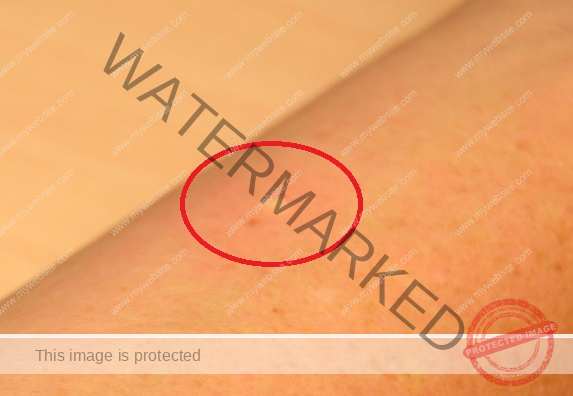| S.No. | Route of Administration | Volume |
|---|---|---|
| 1 | Intradermal/intracutaneous | 0.1 to 0.2 mL |
| 2 | S.C. (subcutaneous)/Hypodermis | 1 mL or less than 1 mL |
| 3 | IM (Intramuscular) | 2 to 4 mL; Aq. Or oil suspension and oily solution can be administered by IM. The irritant drug can NOT be administered via IM |
| 4 | IV (intravenous) | 1 ml to 500 mL & more can be injected; if more than 15 mL solution given IV, Solution must be isotonic with blood; suspension & oily injection can not be injected; 100 % Bioavailability. The irritant drug can be administered via IV (Irritant drug-diluted with blood) |
| 5 | Intra-spinal | 10 mL; Must be Isotonic & Specific Gravity also same as Intra-spinal fluid. |
Intravenous route
- The IV injections could be a bolus or an infusion.
- A bolus means the drug is injected into the vein over a short period of time. A bolus is used to administer a relatively small volume and is often written as IV push (IVP).
- An infusion refers to the introduction of larger volumes (100–1000 mL) of the drug over a longer period of time. A continuous infusion is used to administer a large volume of drugs at a constant rate.
- IV infusion can be administered through peripheral veins, typically in the forearm or the peripherally inserted central catheter.
- The commonly administered IV infusion products include Lactated Ringers Injection USP; Sodium Chloride Injection USP (0.9%), which replenish fluids and electrolytes; and Dextrose Injection USP (5%), which provides fluid plus nutrition; and various combinations of dextrose and saline.
- Other solutions of essential amino acids or lipid emulsions are also used as infusions.
- The irritant drug can be administered via IV (Irritant drug-diluted with blood.
- Solution must be isotonic with blood
- suspension & oily injection can not be injected by this (IV) route;
- 100 % Bioavailability can be obtained by IV route.
Intramuscular route
- IM injections, drugs are injected into the striated muscle fibers that lie beneath the SC layer provide effects that are less rapid but generally longer lasting than those obtained from IV administration.
- Aqueous or oleaginous solutions or suspensions of drugs may be administered intramuscularly. Drugs in aqueous solution are absorbed more rapidly than those in oleaginous preparations or in suspensions. An IM medication is injected deep into a large muscle mass, such as the upper arm, thigh, or buttocks. Up to 2 mL of the drug may be injected into the upper arm and 5 mL in the gluteal medial muscle of each buttock.
- IM injections are often painful and nonreversible, that is, the administered drug cannot be withdrawn if needed.
- Aq. Or oil suspension and oily solution can be administered by IM.
- The irritant drug can NOT be administered via IM
Subcutaneous route
- The SC route is used for small volume injections, typically 1 mL or less.
- SC injections are administered beneath the surface of the skin, into the adipose tissue layer just below the epidermis and dermis.
- Medications administered by this route are slowly absorbed (has few blood vessels) and consequently have a slower onset of action than medications given by IV or IM routes.
- Drugs often given by this route include epinephrine, insulin, heparin, scopolamine, and vaccines. Small injection volume often puts limitations on the drugs that can be administered by this route.

Intradermal/intracutaneously
Intradermal administration
- Intradermal administration involves injection just beneath the epidermis, within the dermal or skin layers.
- The usual site for intradermal injection is the anterior forearm.
- The volume of solution that can be administered intradermally is limited to 0.01 to 0.5 mL.
- The onset of action and the rate of absorption of the medication from this route are slow. The ID injection route has the longest absorption time of all parenteral routes.
- This route is used for diagnostic agents, desensitization, testing for potential allergies, or immunization.
- Once the ID injection is completed, a bleb (small blister) should appear under the skin.
- Once the ID injection is completed, a bleb (small blister) should appear under the skin.

Other routes
Certain types of injections are intended for specific purposes. For example,
The intrathecal route
The intrathecal route involves drug administration into the cerebrospinal fluid (CSF). This route is needed if CSF is the desired site of drug action because most drugs do not reach the CSF from the systemic circulation. Drugs administered intrathecally include antineoplastics, antibiotics, anti-inflammatory, and diagnostic agents.
Intraarticular injection
An intraarticular injection is made into the synovial cavity of a joint, usually to obtain a local therapeutic effect. For example, intraarticular injection of a corticosteroid provides an anti-inflammatory action in an arthritic joint.
An intraarterial injection is made directly into an artery that has been surgically isolated if it is necessary to deliver a high concentration of drug to a diseased organ, such as the kidney, with minimal distribution to other systemic locations.
An intraocular injection is made directly into the eye. For example, an injection into the vitreous humor provides access of the drug to the rear regions of the eye, such as the retina, which does not receive high drug concentration on topical administration.
Join Our WhatsApp Group to receive the latest updates like Pharma Job notifications, study materials, admission alerts, Pharma News, etc
Join Our Telegram Group to receive the latest updates like Pharma Job notifications, study materials, admission alerts, Pharma News, etc
Join Our Telegram Group to Download Free Books & Notes, Previous papers for D.Pharm, B.Pharm, M.Pharm, Drug Inspector & GPAT……….

Comments are closed